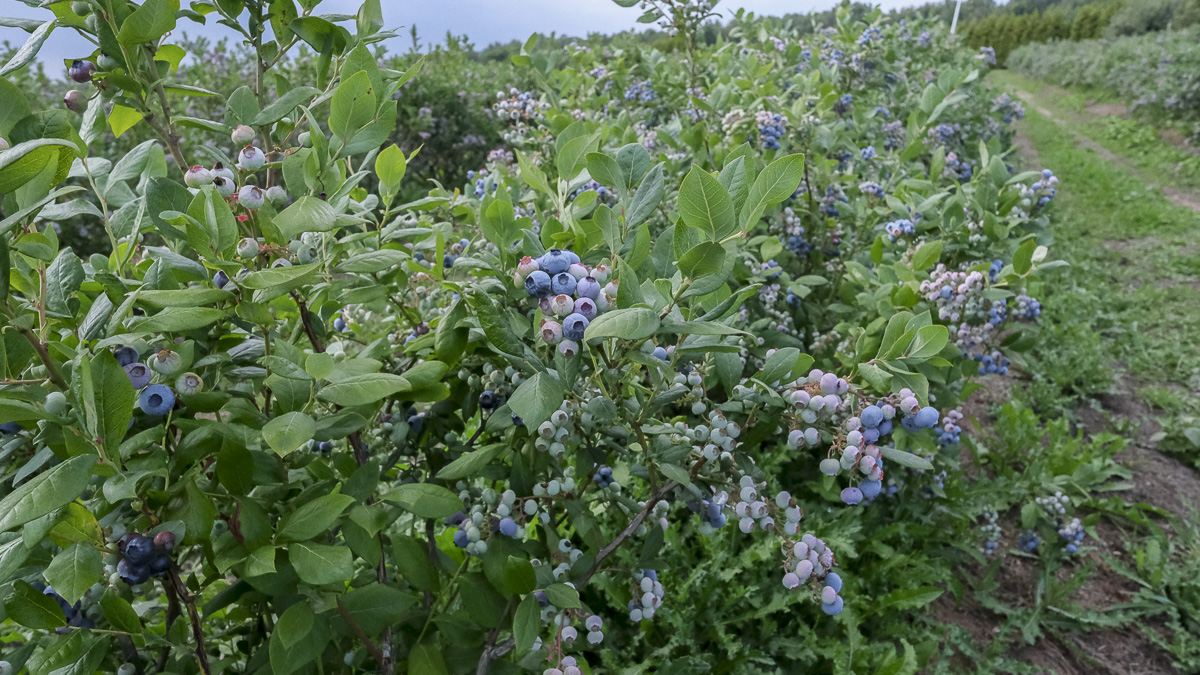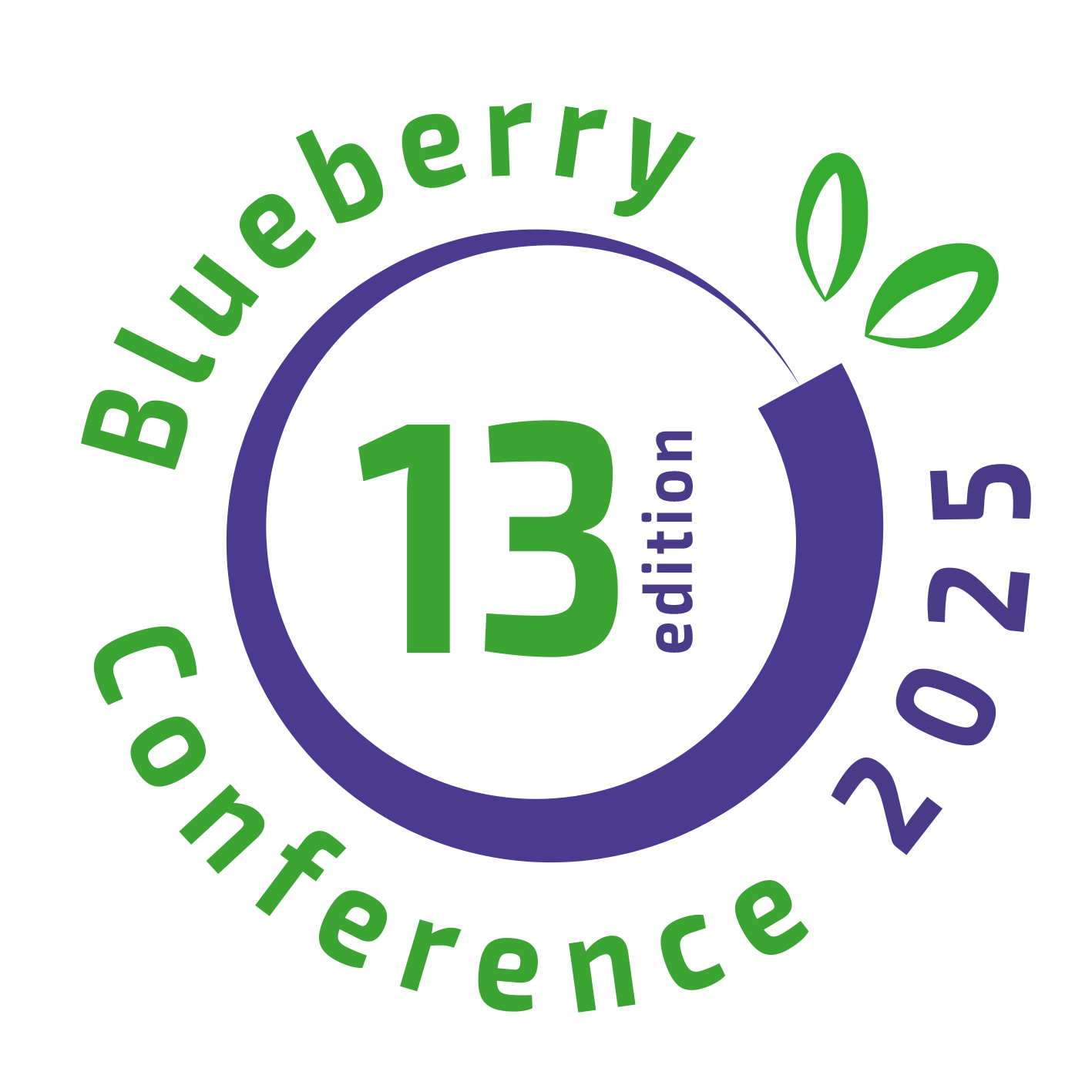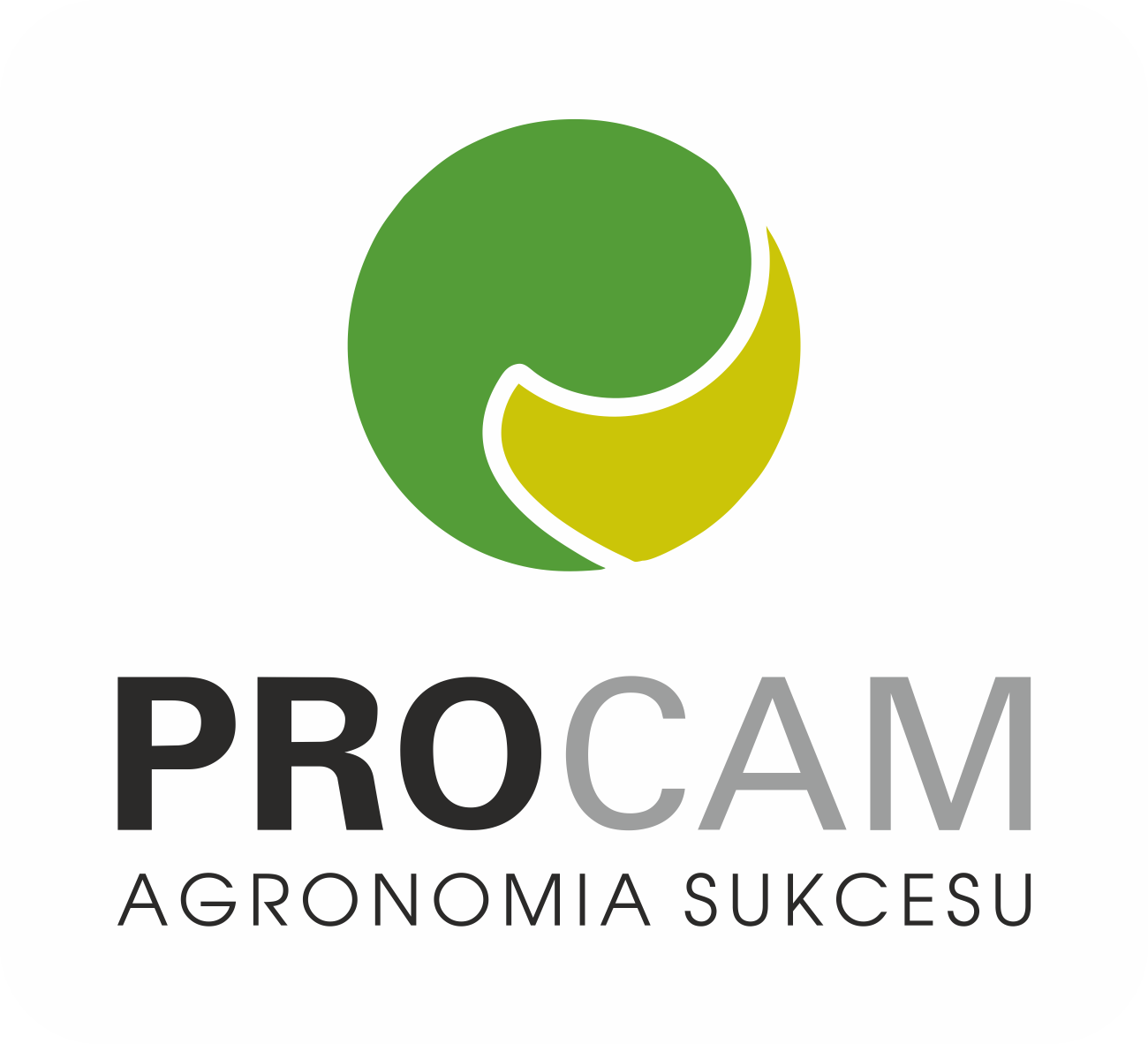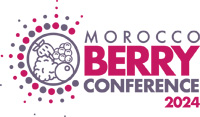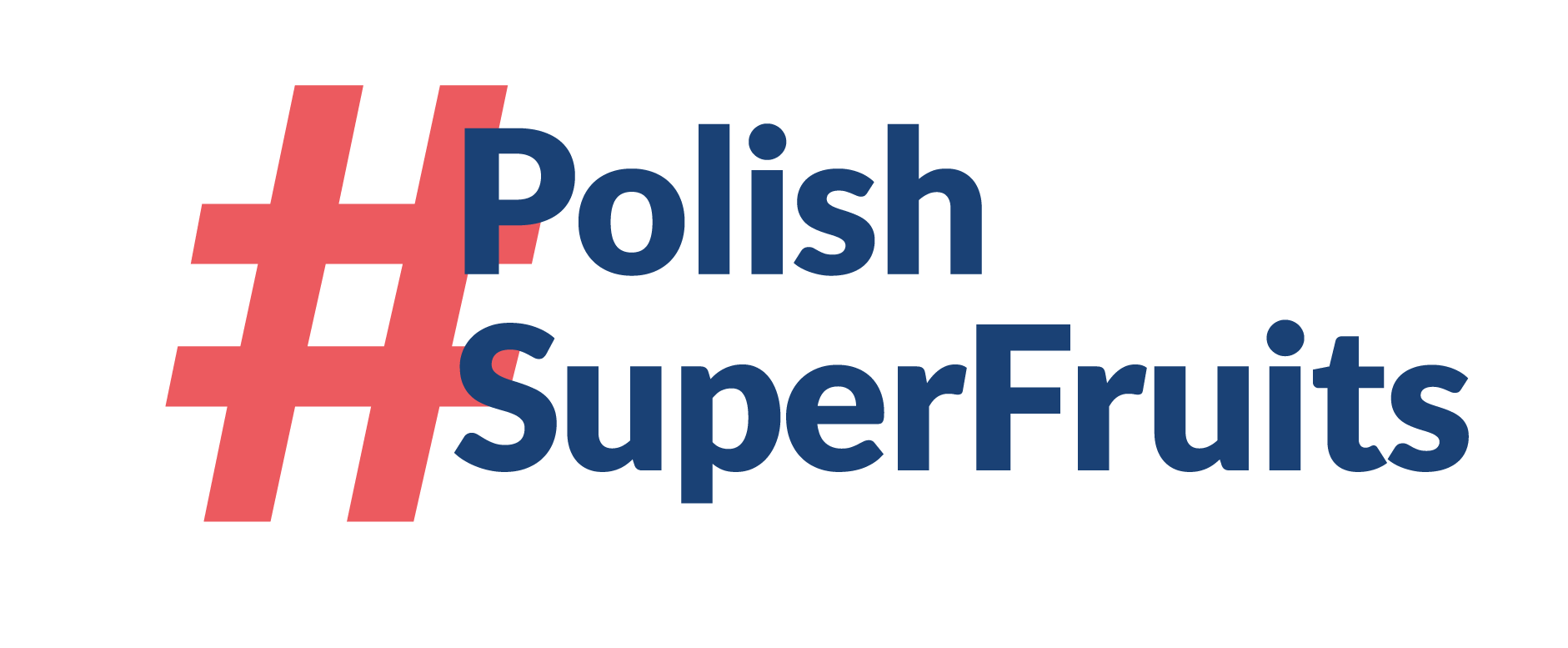Fertilizing blueberries is the key to high yields
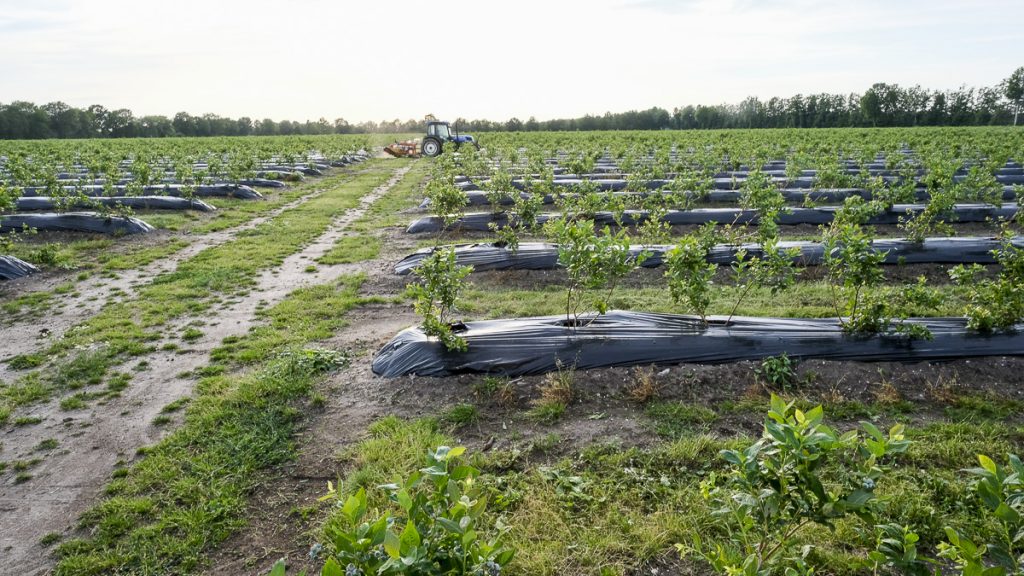
There will be a 5-hour session devoted exclusively to blueberry fertilization as part of the 9th International Highbush Blueberry Conference organized this year online. Soil preparation, soil cultivation, plant and soil analysis, nutrient preparation and foliar fertilization – all of these topics will be discussed on March 3 during the 9th International Forest Conference.
Let’s start with basics – they are extremely important
Blueberry fertilization is quite specific, as are the requirements of this plant. It is worth to know that not only is it important to properly prepare the site for blueberry cultivation and to ensure an appropriate soil pH, but also to maintain these optimal parameters during further plant growth. The optimal pH for blueberries is between 4.0-5.0 (some sources claim an upper level of 5.5). Plant development is best in warm, permeable but also rich in organic matter soils (humus). No wonder then that preparing an optimal site for blueberry cultivation is a costly undertaking. What if we have a soil with a high pH? Such condition of Polish soils is a result of deacidification of fields in the last century, through the use of carbonates of varying intensity (chalk, lime, dolomites). It should be noted that blueberry does not tolerate high levels of carbonates in soil and water – in such conditions plants grow poorly and take up nutrients at a low rate, which is one of the reasons for the poor quality of fruit and rather bad preparation of plants for winter – says Paweł Korfanty from the Korfanty Nursery.
Blueberry fertilization under control
To talk about the controlled fertilization of blueberries, you need to have tools that will make it possible. These include regular water, soil / substrate and plant analyzes. This is of particular importance when fertilization is carried out by fertigation. This method is considered to be one of the most effective in terms of the way nutrients are delivered and utilized by plants. More and more growers are interested in this concept of fertilization. In order for it to be conducted correctly, it is necessary to systematically analyze the soil (substrate), the plants themselves and the nutrient solution – emphasizes Mariusz Padewski from Fall Creek Europe, who will be one of the speakers in the part on plant fertilization.
When we finally decide to fertilize blueberries via fertigation systems, the question “How to do it properly?” often arises. A lecture by Dr. Andrzej
Grenda from Yara Poland can help in answering it. During my speech at the 9th International Highbush Blueberry Conference, I will try to provide information on nutrients, related to such issues as: • the sequence of fertilizers use • using appropriate fertilizers, based on modern knowledge on blueberry nutrition in the context of nutrient arrangement • an attempt to systematize the correct nutrient ranges in blueberry fertigation; • optimal conditions related to the adjustment of EC and pH of the nutrient solution in blueberry nutrition – the expert announces.
Practical knowledge in the area of fertilization will also be shared by Dr. Paweł Krawiec, who coordinates Borówkowe Factory project. During his speech the scientist will present some of the current results of fertilization experiments carried out on his plantation.
Plants stimulation through fertilizing
Blueberries grown in many climatic zones are often exposed to various stress factors, for example low temperatures in winter which cause shoots and buds to freeze, spring frosts, hailstorms, local flooding or high summer temperatures. Can we help plants in such extremely unfavorable conditions? This can be done by using certain products with a biostimulating effect. It is sea algae that have been identified by scientists as the most important group of living organisms that can be used on a large scale in sustainable agriculture. The substances contained in algae have a positive effect on the growth and quality of the crop and – most importantly – increase the resistance of plants to abiotic and biotic environmental stress factors. Biostimulants influence specific physiological processes taking place in the plant at cellular level – emphasizes Agnieszka Lenart from Timac Agro Polska, who will also speak during the fertilization session.
Among the lecturers there will also be abroad guests. The fertilization part will be crowned with a lecture by Dr. Bernadine Strik, who is a professor of horticulture at the Oregon State University and has been conducting research related to blueberry for several dozen years. The key to proper blueberry nutrition is to make sure that there is no deficiency of any of the elements needed for the proper course of vegetation and plant development. At the same time, let’s remember that over-fertilization is not better than a lack of nutrients. It will have a negative impact on the growth rate and fruit quality. In order for blueberries to absorb nutrients from the soil or substrate, the pH of the soil (substrate) must be regulated and maintained at the right level – emphasizes Dr. Bernadine Strik.
We encourage you to participate in the most important blueberry industry event!
Agenda: https://konferencjaborowkowa.pl/en/agenda-program-en/
Registration: https://konferencjaborowkowa.pl/en/registration/
